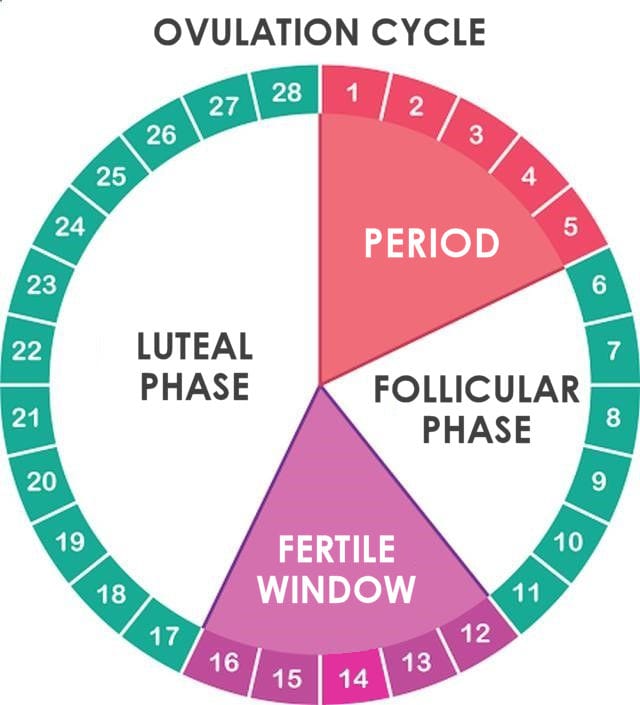In a remarkable discovery, scientists have analyzed a meteorite that fell to Earth, revealing ancient signals of water on Mars. This meteorite, known as Tissint, was found in Morocco in 2011 and has since been the subject of extensive research. Recent studies have shown that the mineral composition of Tissint contains traces of water that date back to a time when Mars was much wetter and potentially habitable. The findings suggest that the planet may have had conditions suitable for life billions of years ago, raising exciting possibilities for future exploration and the search for extraterrestrial life. Researchers utilized advanced imaging techniques and chemical analysis to uncover these signals, which could help us understand the history of water on Mars and its implications for life beyond Earth. This discovery not only enhances our knowledge of Mars but also fuels interest in upcoming missions aimed at exploring the planet further, such as NASA’s Perseverance rover and the European Space Agency’s ExoMars mission. As scientists continue to study meteorites like Tissint, they hope to unlock more secrets about the Red Planet’s past and its potential to support life. The implications of this research are profound, as they could inform future missions and the ongoing quest to determine whether we are alone in the universe. For more information, visit {https://www.nasa.gov/feature/nasa-s-perseverance-rover-begins-science-operations-on-mars} and {https://www.scientificamerican.com/article/meteorite-reveals-evidence-of-water-on-mars/}.
Ancient Signals: Meteorite Unveils Water’s Presence on Mars



